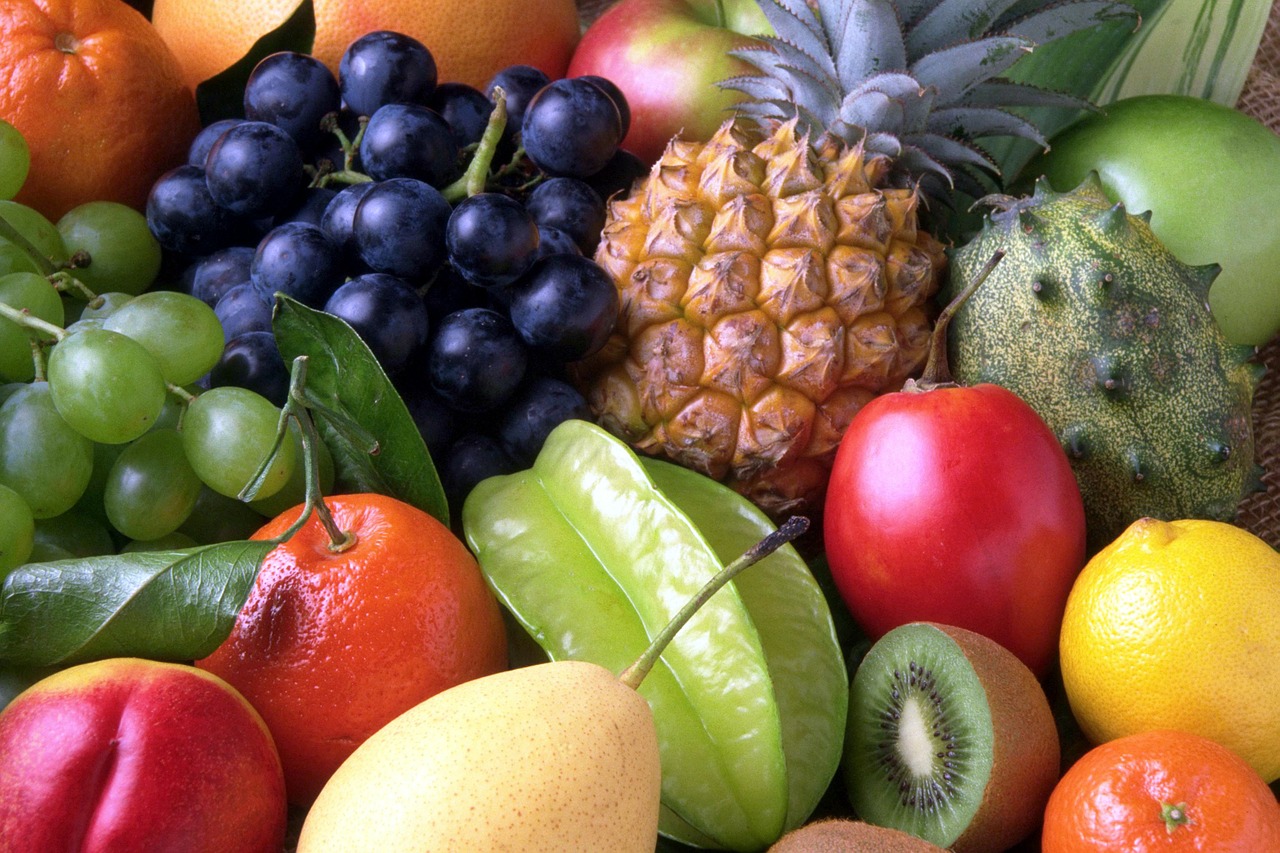Hey guys and gals,
Today we are blessed to hear from another blogger, Kelly Crawford who writes for Hardboiledbody.com
She is going to talk about high fiber diets and how they can fight diabetes. This ties in perfectly with my new book on the subject of reducing sugar intake so I though it would resonate on this site.
Take it away Kelly:
High Fiber Diets: Can they control Diabetes?
 If you suffer from diabetes, taking control of your diet is of paramount importance to your health and well-being. Most people, diabetic or not, do not have enough fiber intake from the correct foods, which gives the long term prospect of staying healthy and challenging diabetes, somewhat an uphill struggle.
If you suffer from diabetes, taking control of your diet is of paramount importance to your health and well-being. Most people, diabetic or not, do not have enough fiber intake from the correct foods, which gives the long term prospect of staying healthy and challenging diabetes, somewhat an uphill struggle.
If you have diabetes, the most important thing is to maintain your blood sugar levels. Fiber certainly assists with this, plus, the correct daily intake will improve your heart health and combat cardiovascular disease which is a serious danger for diabetics.
What is fiber?
When people hear the word ‘carbohydrate’, most instantly assume that these are bad for you. However, dietary fiber is a carbohydrate gleaned from plant-based foods. The difference between this type of carbohydrate and the ‘naughty’ ones, is that it is not digested or absorbed into the body, but it has a starring role in keeping you healthy. There are two types of dietary fiber, soluble and insoluble, neither of which is better than the other.
Dietary fiber does absorb fluid, the consequence of which is an increase in waste matter from your body, in the form of stools, which become much softer and easier to dispel or excrete.
What foods contain fiber?
For soluble fiber, the best food groups are bran, oat bran, barley, beans, linseeds, lentils, nuts, pulses and soya. For insoluble fiber, bran, nuts, seeds, wholegrain cereals and fruit and vegetables, particularly with the skin on. White bread, cakes, pastries and cookies are unlikely to possess any useful fiber, unfortunately! High fiber foods are considered to be those with a minimum of 5g per serving.
If you are going to eat grains in particular, make sure that they are whole-grains and free of sugar. Oatmeal will always provide a healthy breakfast start to the day and will help prevent ‘snacking’ as generally, it will satiate your appetite for a good few hours. Likewise, any pasta consumed for lunch or dinner must be whole-grain, and rice should be brown and untreated. If in doubt, quinoa is another very good option, or try buckwheat or rye to be certain.
Your body needs fuel, but it has to be the right fuel to maintain good health and keep you operating like the well-oiled machine you should be. After all, if you put the wrong gas into your car, that certainly won’t work either!
High fiber vegetables are essential – broccoli, peas, Brussel sprouts and cabbage or spinach are excellent choices. Beware of peas though, they are quite high in carbohydrate value, as is corn. They are both nutritious, but a potential danger zone for diabetics.
Beans have some of the highest value in terms of fiber, with somewhere between 5 and 10g per half cup (this is dependent on which type of bean). Kidney beans and navy beans have some of the highest fiber content.
How much fiber is the right amount?
It has always been assumed that the beneficial amount of daily fiber does vary according to gender and age, but the USDA have now specified that this is not relevant and should be based on the amount of calorific intake http://healthyeating.sfgate.com/recommended-daily-serving-fiber-4262.html
However, The American Diabetes Association recommends 25-30 grams per day, better consumed as food, rather than supplements. Whole foods also contain other vital nutrients such as vitamins and minerals that your body needs.
The benefits of a high fiber diet
There are several other health risks involved with diabetes, that a high fiber diet can help reduce.
- Cardiovascular disease
- High cholesterol
- Hypertension
- Colo-rectal cancer
- Obesity
Whilst increasing your fiber intake by consuming the right foods is not a cure for diabetes, it is a huge step in keeping the disease under control. If consuming more fiber has not been on your agenda, do start slowly, to avoid any digestive disruptions, and certainly consult your medical practitioner.
Be a smart shopper
By shopping cleverly, you can help yourself keep on the right path on a high fiber diet. Read labels properly; look for ‘wholegrain or whole-wheat’ products in your basic shopping for bread, cereals and as a treat, crackers. Stock up your store cupboard with canned beans, pulses, lentils etc. You will be more inclined to eat these high fiber foods if you don’t have to cook them from raw. They can be easily put into stews, casseroles, curries and also to boost your fiber intake in salads.
If you are changing your normal diet, go slowly to avoid any digestive problems, and certainly consult your medical practitioner before any alternations to your normal pattern.
About the Author
 Kelly Crawford is passionate about health, well being, running and minimalist. As a competitive runner, she has insight into the struggles of balancing work-outs with good nutrition and injury prevention. She is a contributing writer for HardBoiledBody.com – a site dedicated to health,
Kelly Crawford is passionate about health, well being, running and minimalist. As a competitive runner, she has insight into the struggles of balancing work-outs with good nutrition and injury prevention. She is a contributing writer for HardBoiledBody.com – a site dedicated to health,
nutrition and fitness advice.
You can find her here:
https://www.facebook.com/hardboiledbody






Recent Comments